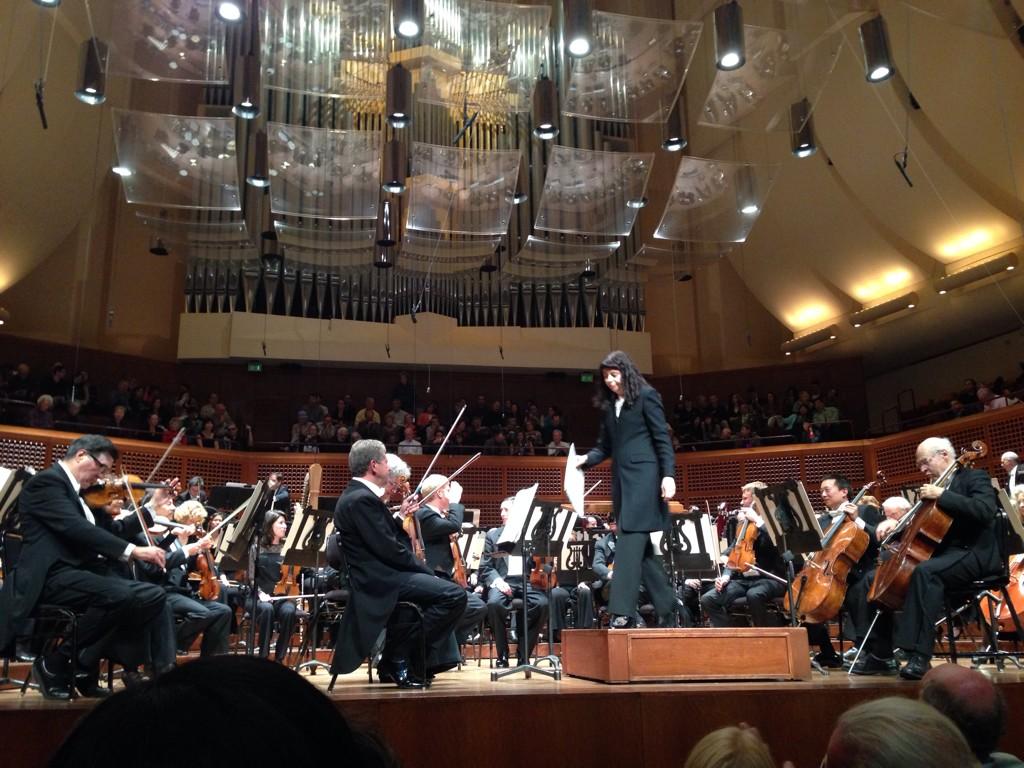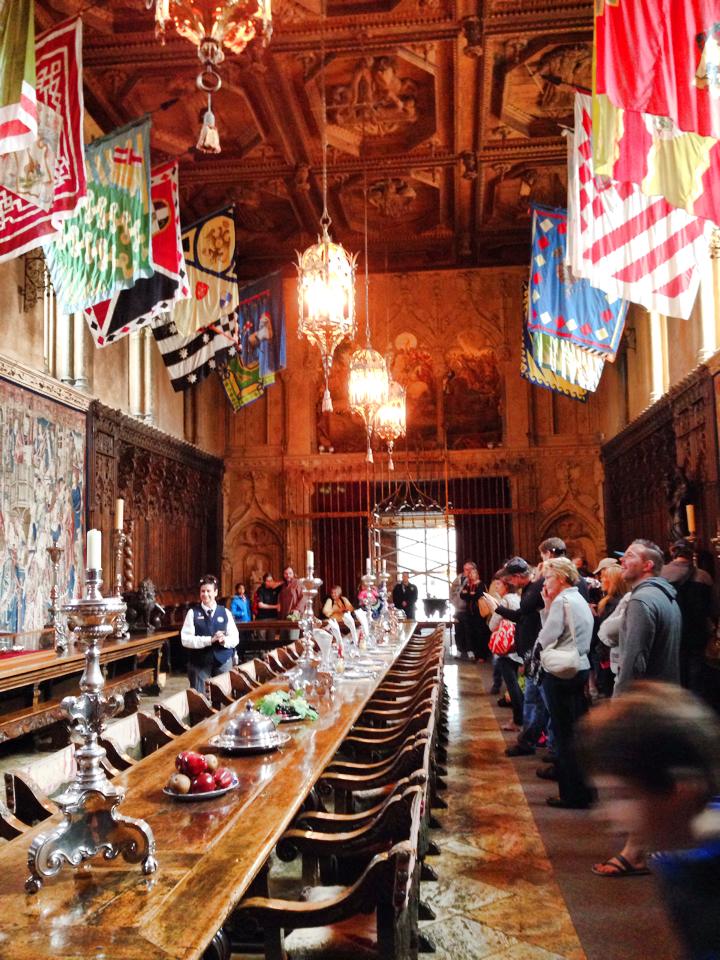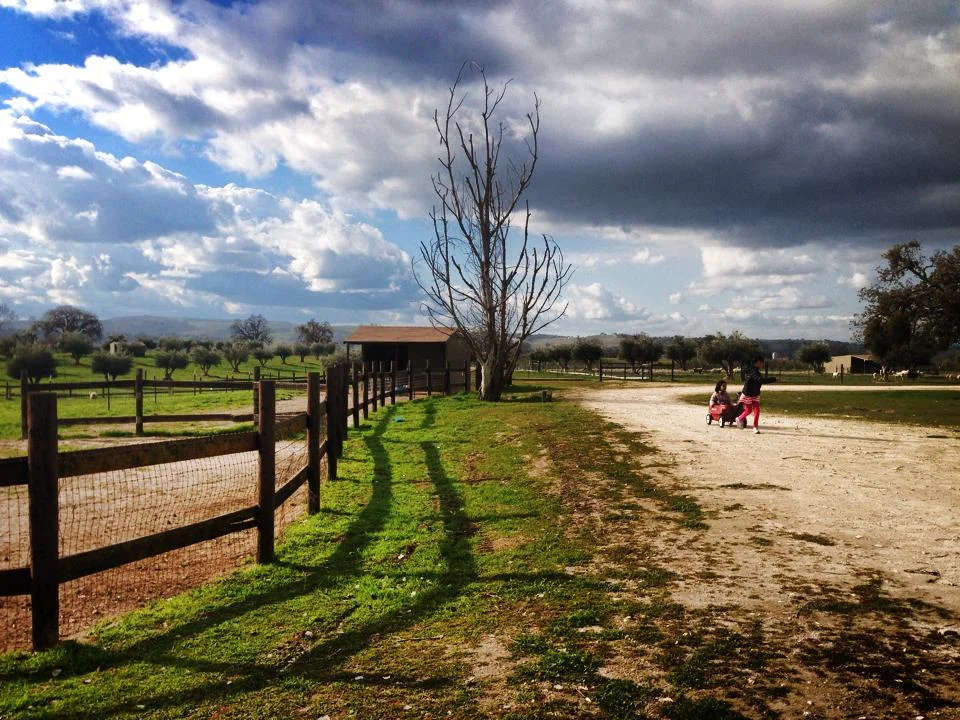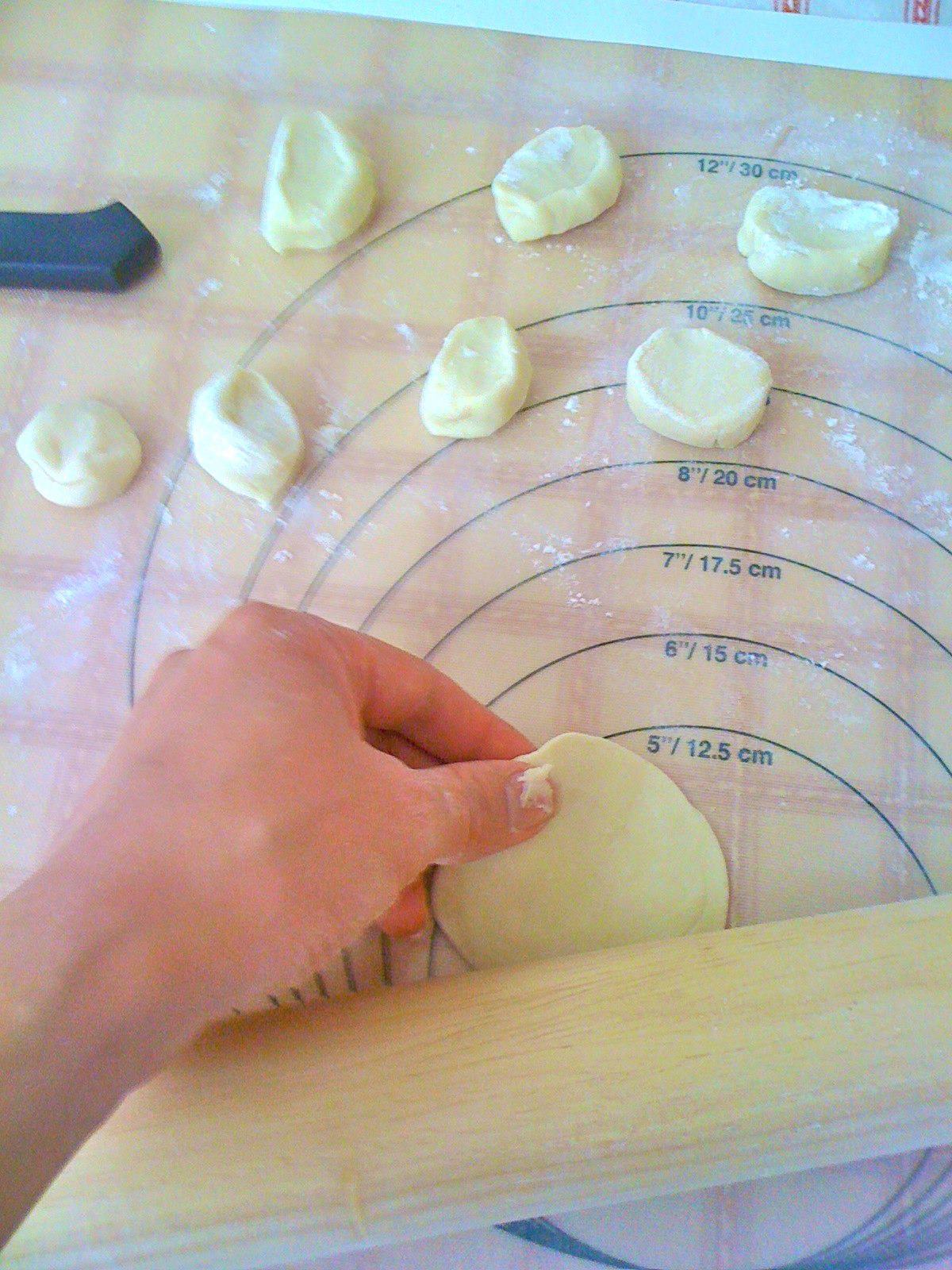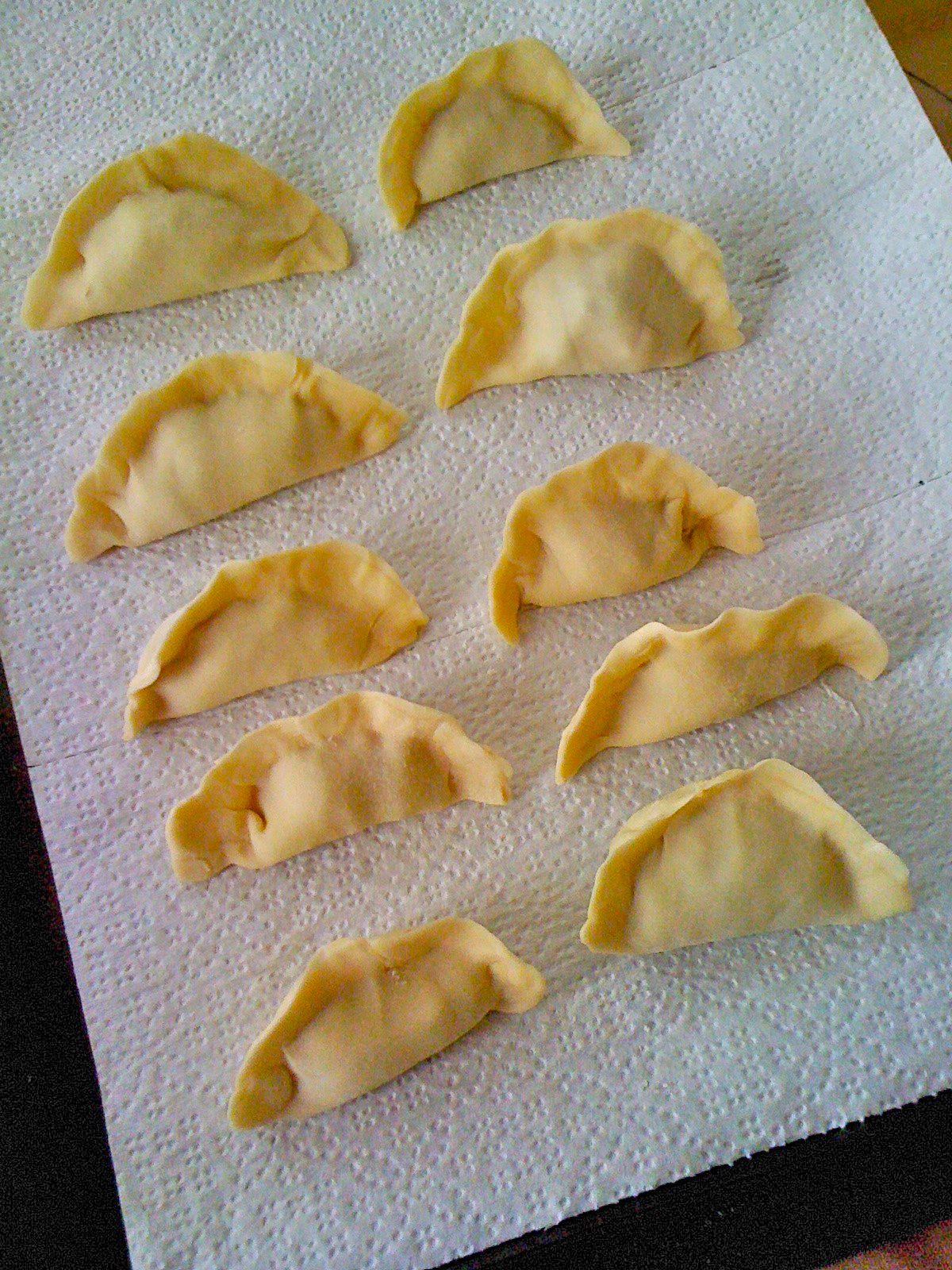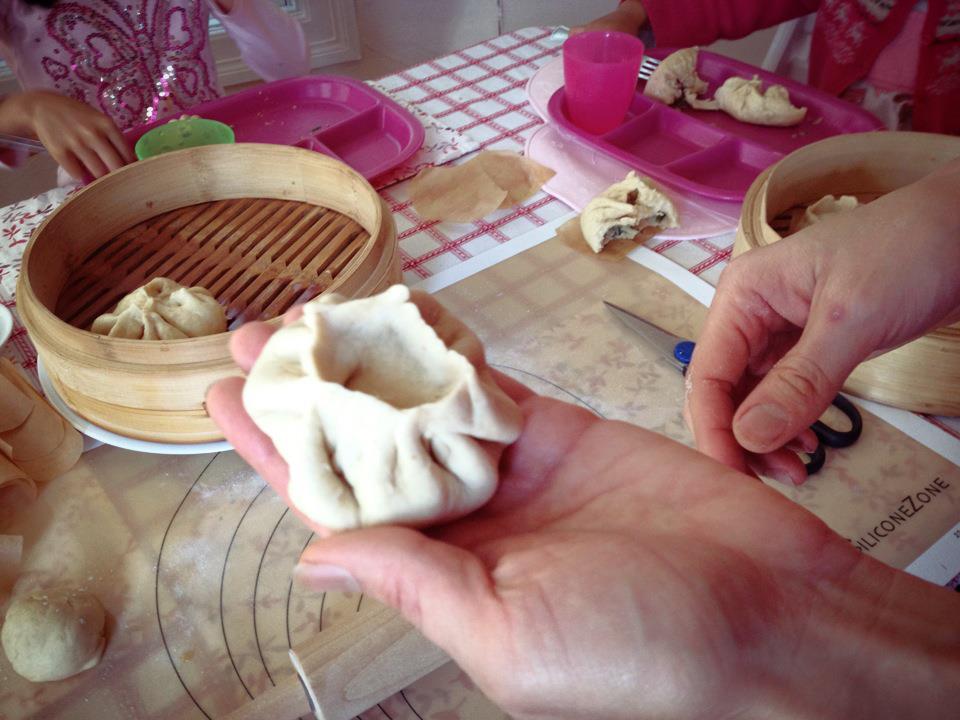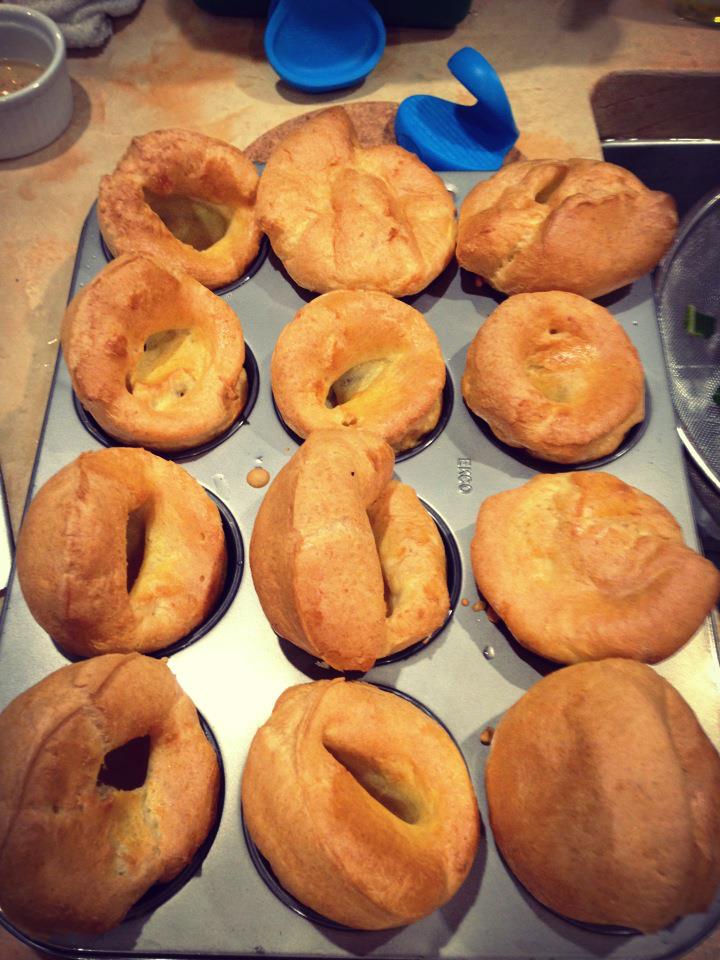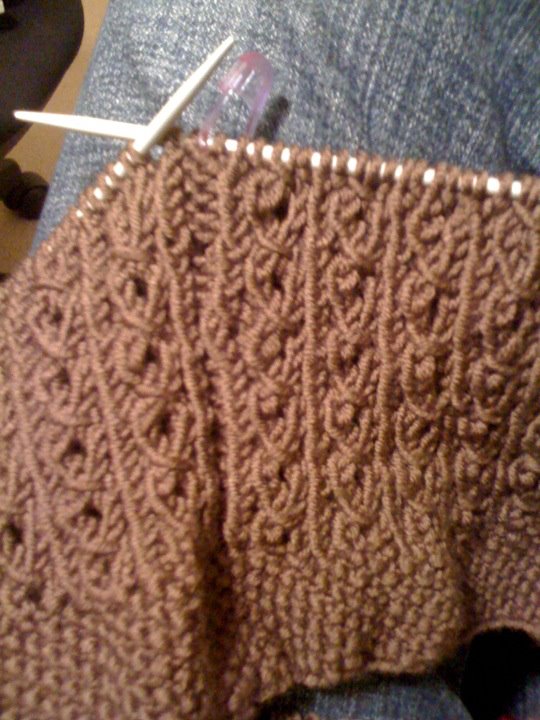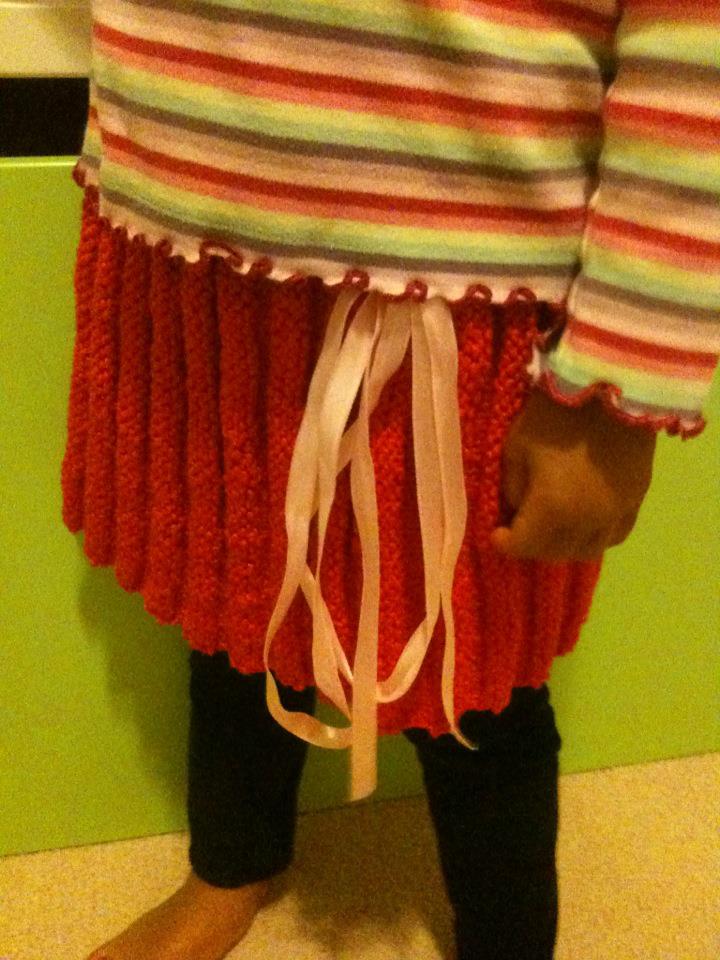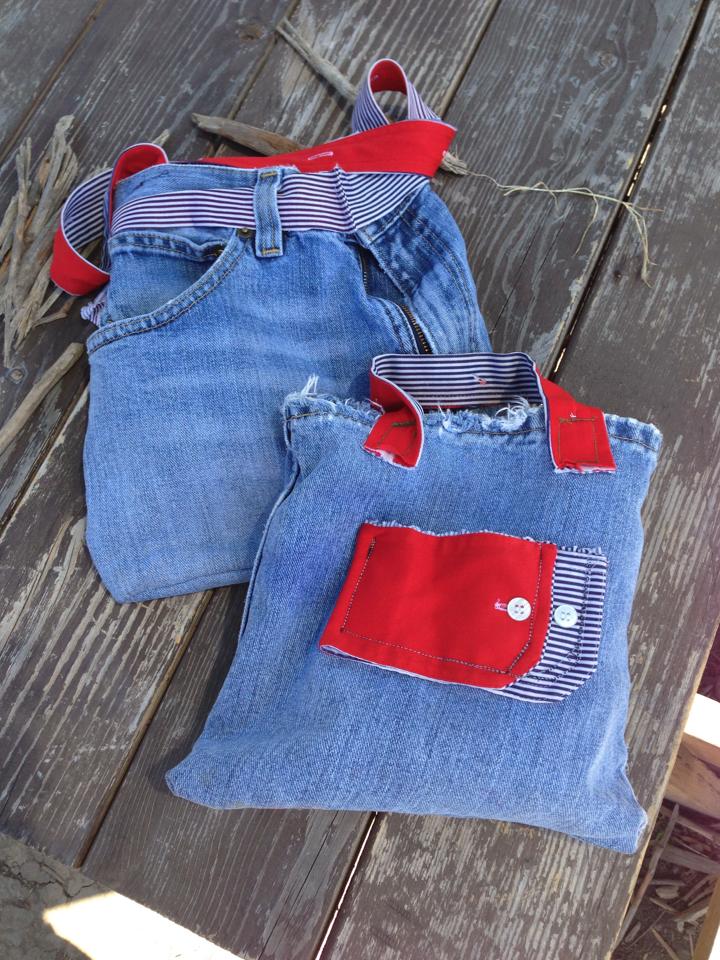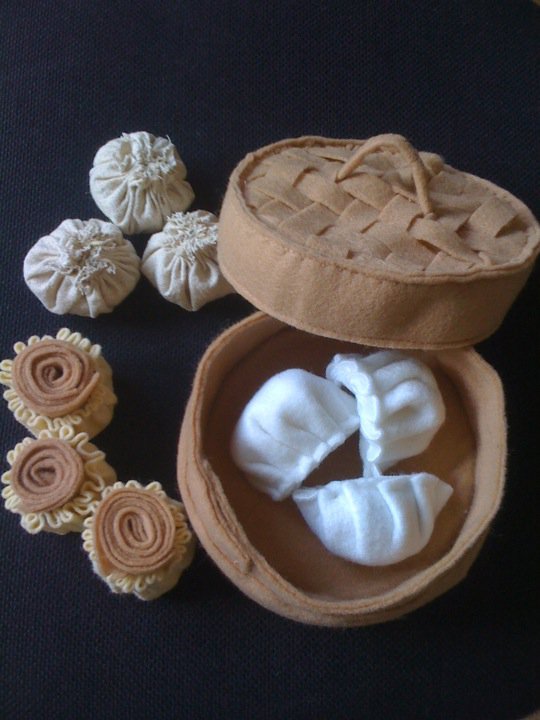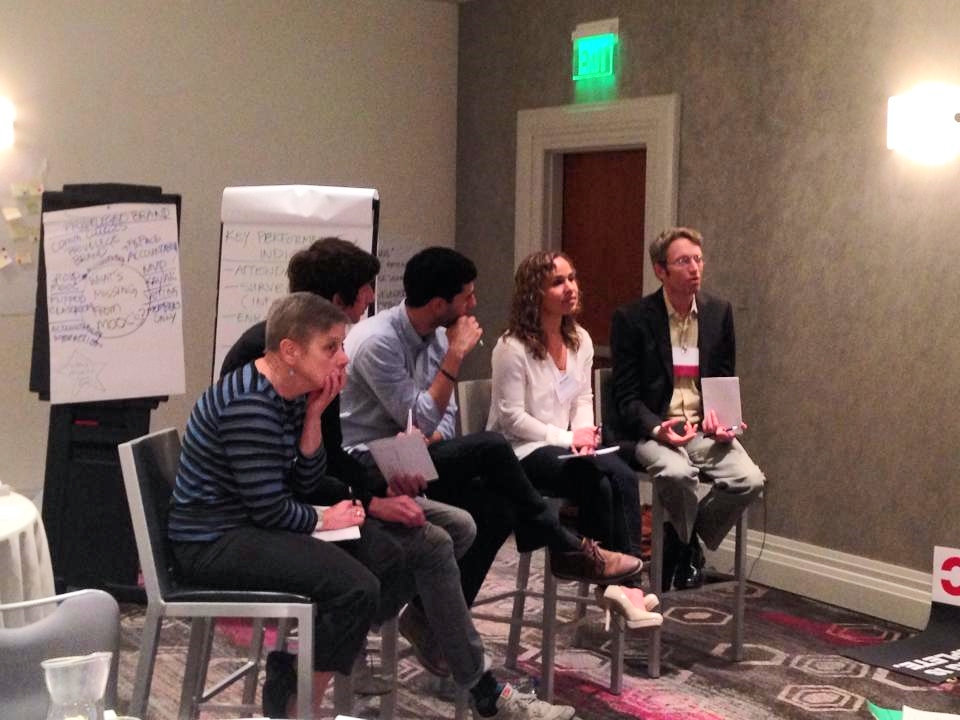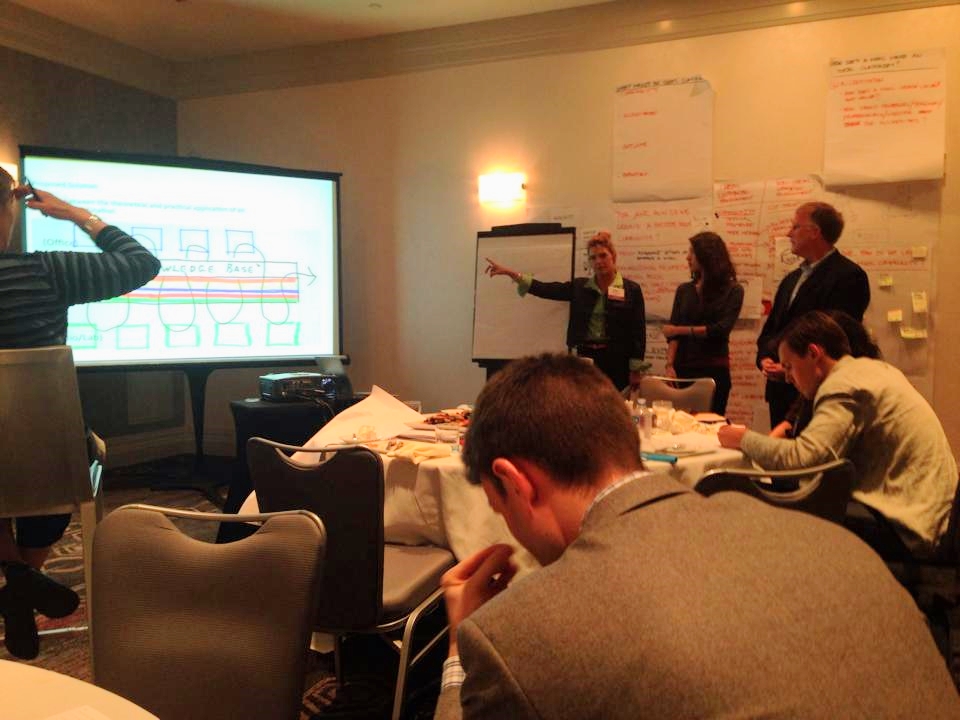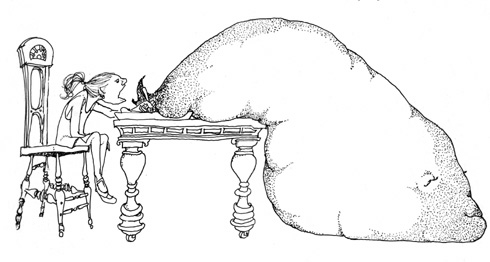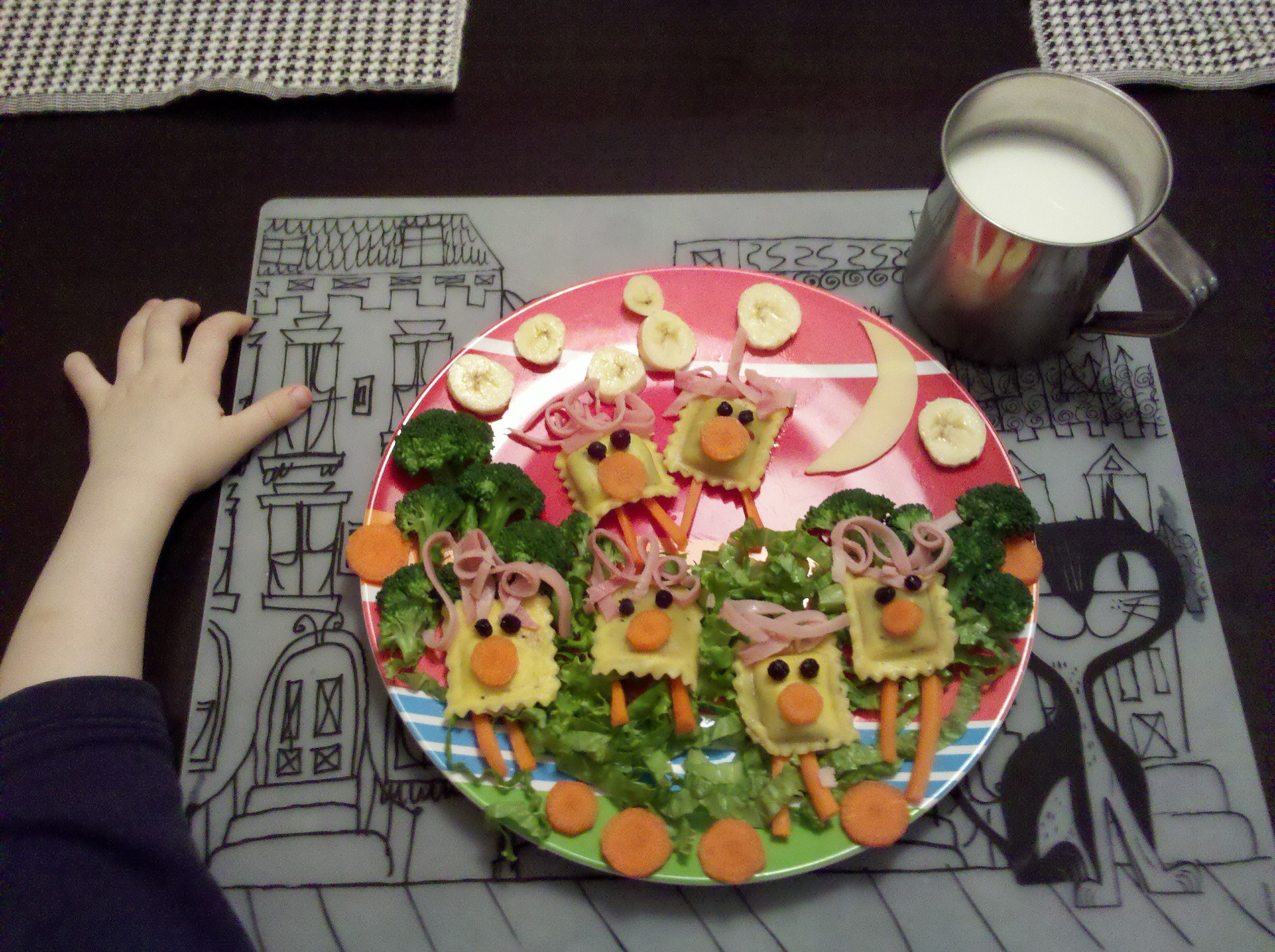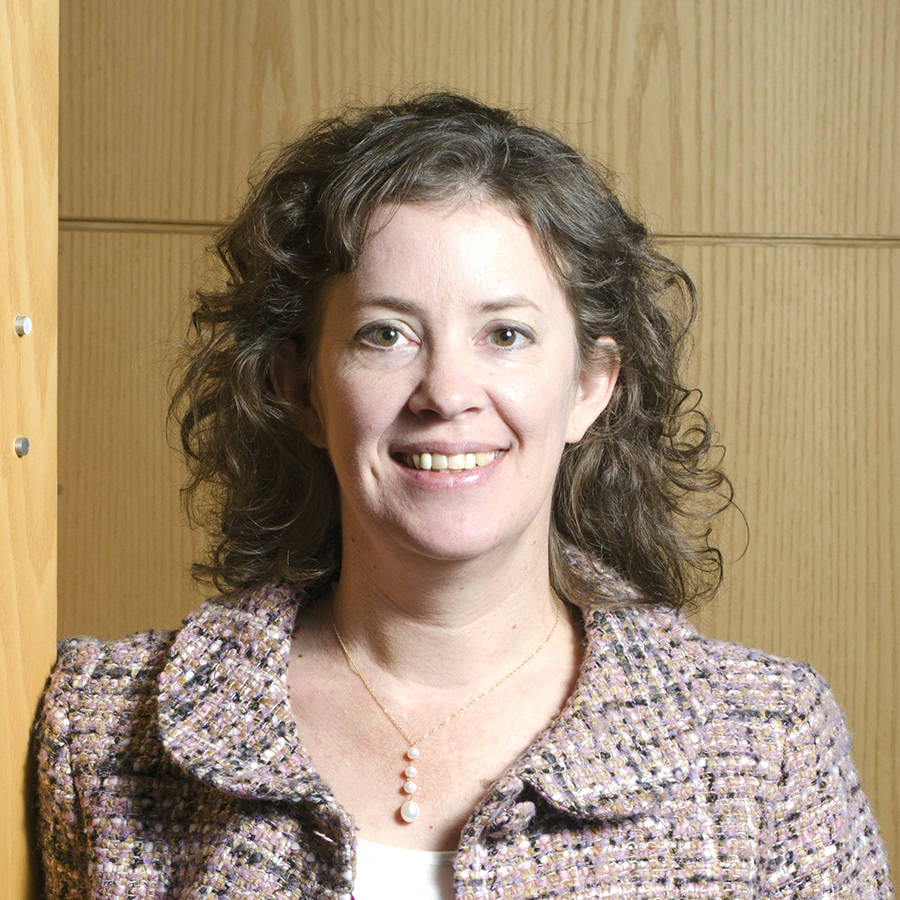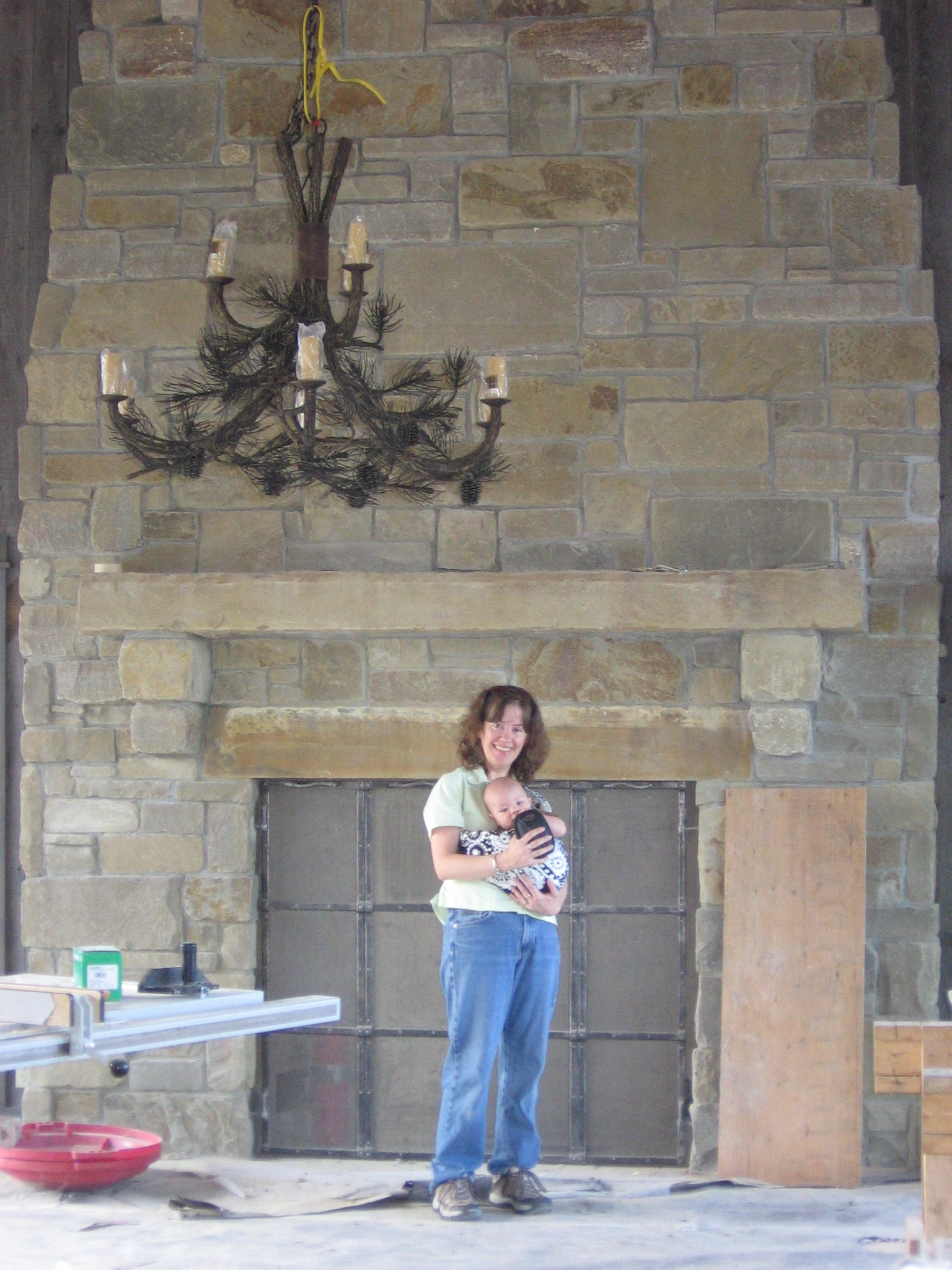By Damaris Hollingsworth AIA, LEED AP
Grit (noun)
Google Dictionary:
courage and resolve; strength of character
Cambridge Dictionary:
courage and determination despite difficulty
Synonyms:
courage, bravery, pluck, mettle, backbone, spirit, strength of character, strength of will, moral fiber, steel, nerve, fortitude, toughness, hardiness, resolve, resolution, determination, tenacity, perseverance, endurance; spunk
To go from a black girl growing up in the inner cities of Sao Paulo, Brazil to an accomplished Architect in the United States takes a good amount of grit.
Damaris Hollingsworth (left) working with team members at RSP Architects in Minneapolis.
When I was seven years old, my dad hired an architect to design and handle the city approvals for our house. That alone was something out of the ordinary. In the inner cities of Brazil, the land is often “taken,” the houses are built without city approvals, and there is no such a thing as the reinforcement of master plans, city zoning or code regulations. My dad, though an unsophisticated labor worker, has great character and refused to take anything that was not legally his or do anything that was not approved by the city. He and my mom notified us that for a few years there would be no birthdays or Christmas gifts. We would all collaborate to save money, so we could purchase the land and build a house. Once the land was purchased, it was time to hire an architect. Rosana, the woman my dad hired, came to our house for the first meeting on a Saturday afternoon. Up to that point, I honestly did not know that women could work outside of the house. My mom worked, she worked a lot, but she worked at home - sewing clothes for her clients, so she could keep a close eye on me and my two older siblings. In my seven year old mind it was the norm that moms stay home with the kids and dads go to work outside of the house. That was what all our neighbors and church friends did.
Hollingsworth's family home in Sao Paulo, Brazil (left). When she met the architect of her family home, Rosana, she knew she wanted to be an architect. Her family saved for years to buy the land, hire an architect and build a home. She lived there from 10 to 28 before moving to the United States.
When I saw Rosana around our dinner table meeting with my parents, I thought she looked powerful, intelligent and beautiful. I decided right there and then that I wanted to be whatever she was when I grew up. I asked my parents who she was. They told me she was our architect. I told them that I was going to be an architect too. My dad said that to be an architect I would need to attend college and colleges were not for people like “us.” I did not give him too much attention. I was going to be an architect.
The years passed and it was time to talk about going to college and becoming an architect. My dad reminded me that our family could not afford to send me to college. Architectural schools were full time which meant I would not be able to continue to work full time and take classes only in the evenings as I had done through high school. My dad said the only option would be for me to go the University of Sao Paulo because it was free, even though it was the best school in the country and even in the Latin America. But that also was not for people like “us.” Now I was confused. I could understand why expensive was not for people like us, but I could not understand why free was also not for people like us. I asked questions and my dad explained that the selective process for that university benefitted kids who had been going to the best private schools all their lives. My inner city public school background would not cut it.
He was partially right. It took me three failures before I succeeded. The academic content that I had learned did not cover one third of the exams that I had to pass. I had to quit my job and take full time complementary classes, for which I got scholarships, for two full years before I was fairly competing with, what my dad used to call, the rich kids. The selective system did not benefit people like me, but I decided that I would find a way to get into that school. I was four years older than most kids when I started college. For two years, I baked cakes and sold them every day to make money for lunch and school supplies. In my third year I got an internship at the university planning department as an Urban Designer Intern. I did not have to bake cakes every day any more.
Hollingsworth (left) at the University of Sao Paulo where she studied Architecture and Urban Design.
Getting into the university and graduating after six years was hard. I had all types of hurdles to jump. From textbooks only in languages other than Portuguese (and back then I could only speak and read Portuguese) to the constant reminder that my background education did not prepare me enough for the university, or even to simply carry on a culturally rich conversation with my peers and professors. That feeling of not belonging in a group nagged me almost every day. But little did I know that while those had truly required a lot of determination and hard work, the hardest was yet to come. When the hardship in front of you depends on your efforts and resilience only, as demanding, unfair and difficult as it may be, it will only take you. It may take me three failures before I succeed, but I will get it done. By the time I earned my Architect and Urban Designer degree in Brazil, I had broader plans. I wanted to be an architect in the US. (Very) long story short, I moved to the US right after earning my degrees and started working as an intern at an architectural firm. The IDP hours were not a problem. My supervisor was pretty awesome and gave all the opportunities I needed to meet the hours and type of work requirements. A few years later I decided to stop avoiding the AREs. Once my mind was set on that, it took me nine months to pass all seven exams. This short summary may make it sound like this phase of my journey was easy. It was not. It was physically and emotionally draining. I thought about giving up and going back to Brazil where I was already a registered architect. But I held my ground and kept on pushing. Again, I was convinced that the hardest part was done.
“That was when I first sensed the infamous glass ceiling and invisible walls. They frustrated me more than any of the barriers I had previously faced because overcoming them was not something my grit alone could do. I needed my peers, my leadership and the community to acknowledge their existence, and then work with me to remove them. ”
What I soon realized is that there was a lot of ground to conquer if I wanted to climb the ladder, reach for leadership and be an accomplished architect. That was when I first sensed the infamous glass ceiling and invisible walls. They frustrated me more than any of the barriers I had previously faced because overcoming them was not something my grit alone could do. I needed my peers, my leadership and the community to acknowledge their existence, and then work with me to remove them. The first big frustration was the fact that most people around me would not even believe that there was such a thing as a resistance to women, and more specifically to women of color in leadership roles. To be quite honest, at first, I did not recognize it myself. I would sense the resistance, the lack of acknowledgment to my leadership and the lack of respect for my position, and I always assumed that it was probably because I did not know how to answer that specific question, or because I had an accent, or because I looked young. I blamed myself for years. Only when I started to have dialogues with other women, especially women in leadership roles, I understood that the problems that I had been facing were far from being “my” problem.
When I had only two out of seven exams left to pass, I asked my then leaders for a conversation. I had been consistently requesting feedback and talking about my goals since the very beginning of my journey with the firm. At that time I had new managers, and I wanted to make sure they were aware of my professional development progress, my goals and of my dedication. The meeting started with them going over a summary of all my previous reviews and the recommendations from my past managers. They seemed quite impressed with the comments, the compliments and with my professional development, personal growth and how, year after year, I had met and surpassed the goals that myself and my managers had set for me. Then they asked me what I was looking for, what was my long term goal. I told them that my goal was to be a principal at the firm some day and that after so many years being as dedicated and truly committed to the firm, I believed that my next step was a promotion to an associate position. The stares I received were filled with a mix of disbelief, shock, sarcasm and pity. It was like I had said something completely out of the ordinary. I reminded them that all my (white male and some white female) peers that had shown the type of work quality, work ethic and commitment that I had were already associates. After a couple of hours of conversation, I was told that maybe, in my case, it would be best if I left the firm, went somewhere where people did not know me since when I was an intern, so that they would be able to see past the inexperienced girl I once was. It broke my heart. I loved that firm. They took me in when I was fresh out of Brazil, they sponsored me through the immigration process, they taught me a great deal of skills. I had dreams and goals for myself in that firm and that conversation shattered my dreams. An awesome large firm hired me as a Higher Education Client Leader to oversee project staff, work with clients to ensure their goals are met, guide program development and facilitate vital documents during the design and construction phases; In other words, everything I had told my former managers I could do and was already doing.
The reason I told the short version of my life story in the beginning is to say that, though going from inner city black girl to a registered architect in the US seems like a lot of hard work and determination (and it was), going from a registered architect to a senior leader architect as a woman and a person of color will take me much more than that. And in many workplaces, hard work and determination will not matter at all. It may get you pats on your back, “great job”s, high fives, mediocre bonuses and safe promotions. But the real progression toward the C suite will depend on the decision makers valuing the professional for their values, their talent (current and potential) and their loyalty and collaboration to the firm, nothing else.
At this point you may be asking what I am doing to promote change and make our profession truly an equal opportunity profession. I am an active member of the AIA MN Diversity Task Force, and I have collaborated with writing the Diversity Task Force Report that was issued in October 2015. As a group, we talk about the initiatives that we need to take, both as individual professionals and as an organization, to significantly improve the representation of underrepresented groups in the architectural profession. When watching a lecture by Dr. Heather Hackman last November, I learned that diversity is the end goal, not the solution. When we add diversity into a broken system that benefits the dominant group, diversity will not last. Women and people of color will eventually be pushed out of the profession, which according to the data shared during the AIA Women in Leadership Summit in Seattle last year, has been the case for decades. I have just recently committed to private coaching with Dr. Hackman to truly educate myself on the subjects of unconscious bias and social justice. I believe that education is the mandatory first step for change to happen. As the new elect 2016/2017 co-chair for the AIA MN Women in Architecture Committee, I have had the opportunity to engage in conversations with the decision makers of the industry in the Twin Cities, along with the other co-chairs Amanda Aspenson and Maureen Colburn, to identify the problem, educate ourselves and the professional community on the roots of the problem and then create strategies for the solution and ways to implement it.
I know my story alone can inspire many to keep on pushing toward their goals and dreams, but the truth is, this journey should not have to be so difficult. I want the results of my work as a professional, as a member of the DTF and as a co-chair for the AIA MN WIA to be a not so bumpy road for the younger professionals and generations to come. If we accomplish the structural changes that we as a committee and as a task force are aiming for, the path toward senior leadership for women and people of color will not be so painful, stressful, unfair and for some, too hard to stay on.
Do you have an INSPIRE% story you would like to share with the Equity by Design community? Email susanjkolber@gmail.com if you want more information on submitting a blogpost















